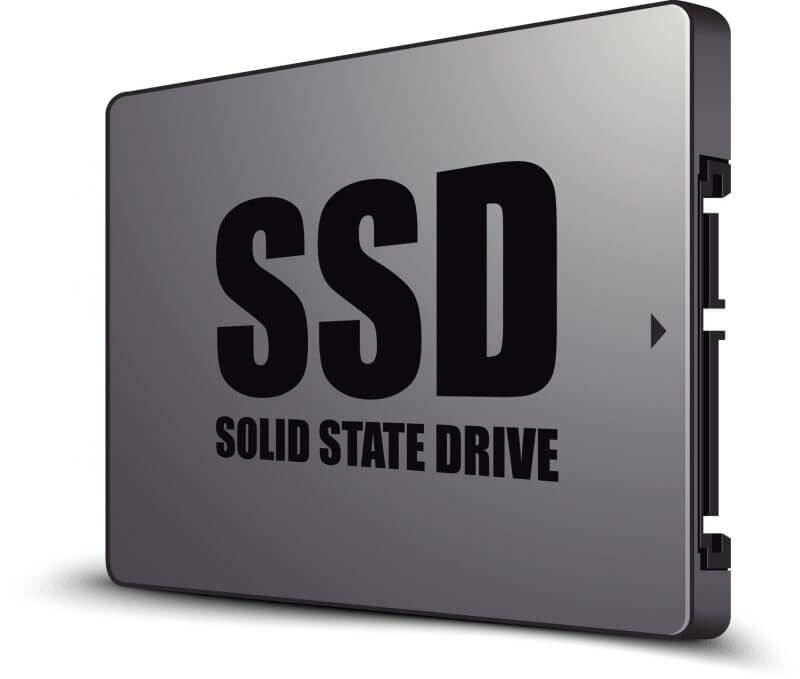An SSD is significantly faster than a conventional hard drive and is also more robust and virtually silent when operating. The upgrade guide sets out how to set desktop PCs and notebooks up with fast data memory and what to look out for.
SSD upgrade
SSD stands for “Solid State Drive” but could also stand for “Super Speedy Data Memory”.
SSD drives are much faster than traditional hard drives. They can reach optimum speeds of up to 500 MB/sec when reading and writing data.
SSDs are therefore two to three times as fast as hard drives when accessing and saving data. Computers with SSD also start up much more quickly. SSD provides a noticeable burst in speed when surfing the Internet and working with programs.
Advantage of SSD: No mechanical components
Why is that? Hard drives store data on a rotating magnetic disk. The read-write head first has to reach the correct position each time before it can read or save the data. This takes time. However, SSDs come without moving parts.
Flash blocks are used as storage devices. An electronic control unit connects to the relevant memory cell within a few microseconds.
The bursts of speed are down to there not being any moving parts. SSDs are virtually silent and are more robust than hard drives. They are not susceptible to shocks and bumps, which is a plus with mobile usage.
But there is also a disadvantage to SSDs: They are still much more expensive than standard hard drives. You can buy a hard drive with 500 gigabytes of storage capacity for just under 40 euro. Prices for SSDs with the same capacity are at least three times higher.
Installing SSD — SATA controller is required
In principle, an SSD can be installed in the same way as a traditional hard drive. A prerequisite for the upgrade is that: There must be a SATA controller on the motherboard. It connects the motherboard to the data memory and controls the data flow.
These controllers have been standard for years, but there are different versions. Older controllers support the first SATA standard, which only allows speeds up to 150 MB/sec. A controller suited to SATA II allows for maximum speed of 300 MB/sec.
Higher speeds are only possible from standard SATA III onwards (up to 600 MB/sec) allowing the SSD to realise its full potential. But compared to the hard drive, there is a clear speed advantage with the SATA II alone.
The operating system also has an impact on the performance of an SSD.
The computer in which the memory is to be installed should ideally run using Windows 7 or a later version of Windows. The reason for this is that: Older versions do not support TRIM function. But this ensures that the SSD will not get even slower over time.
SSD upgrade: Installing in PC & notebook
Installing an SSD is ultimately just like assembling a hard drive, but SSDs are usually 2.5 inches compared to the 3.5 inches associated with hard drives for desktop PCs. This may mean that it is necessary to use a mounting frame with desktop computers.
The SSD is inserted into the frame and the frame is then installed in the PC housing. Some PCs are already equipped with a mounting bay for SSDs, meaning a mounting frame is not required.
Notebooks generally only have space for one data memory. This means that the hard drive has to be replaced with the SSD. It is therefore imperative that all important data is saved to an external storage device in advance.
And: Before purchasing the SSD, you need to use the data sheet or carry out online research to find out the size of the notebook hard drive.
They are usually 2.5 or 1.8 inches. The SSD replacing the old hard drive must be the same size.
Image sources
Fotolia / 55561353 / vector_master













